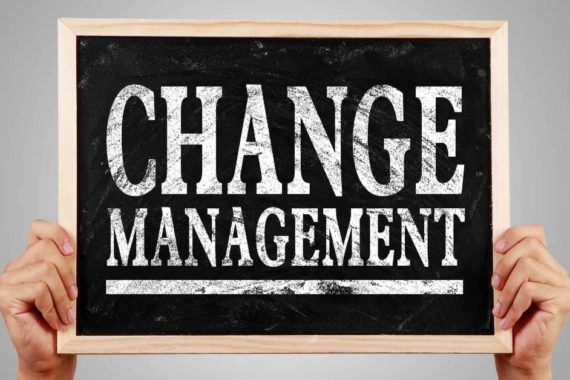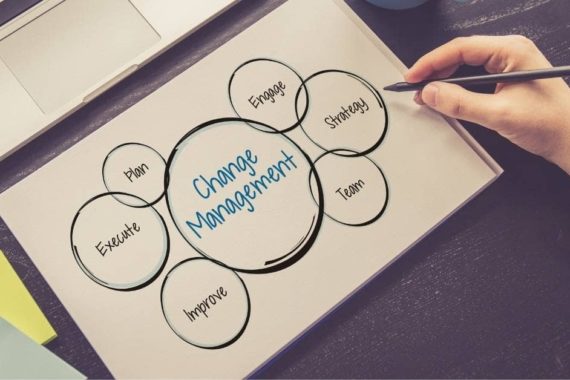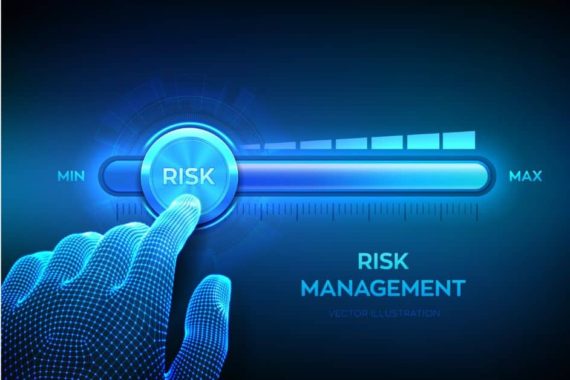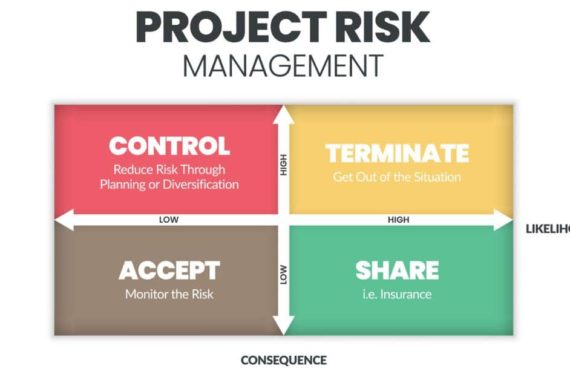
Introduction
Conflict is inevitable. In the workplace, when you have multiple people working together on a project, it’s only natural that at some point there will be disagreements. And because most projects rely on the input of different stakeholders (both internal and external), conflicts are bound to be a common occurrence as well. However, with some proactive measures, these conflicts can be manageable. Understanding why this is important and how to deal with it can make your life a whole lot easier if or when these issues arise.
In this post, we’ll explore the reasons why conflict resolution between stakeholders is necessary and the steps you can take to address conflict in your own workplace.
The main purpose of this guide is to help you manage stakeholder conflicts that may arise on your project.
In order to understand what a stakeholder conflict is, we need to first define the term. A stake is any person or group who can affect or be affected by the achievement of an organization’s objectives. This includes employees within your company, customers and clients who buy from you, suppliers who make parts for you, investors, and debt holders who finance your business—even competitors with whom you compete for resources are also stakeholders in your success!
Stakeholder conflicts occur when there are competing needs and interests between multiple stakeholders on projects. These conflicts can cause delays in getting work done and result in poor-quality outcomes. They also negatively impact the morale of team members who must work together toward a common goal but have different objectives from each other (e.g., sales vs marketing).
The Importance of Stakeholders
Stakeholders are those people who have a vested interest in your project. They’re the ones that will benefit or be harmed by your project, whether they know it or not.
Stakeholder management is a critical part of projects because stakeholders are the ones that provide funding, resources and other support for a project. The more stakeholders you have on your team (or if you’re working with multiple teams), the more difficult it can be to manage them all effectively.
Conflict Resolution – Engaging in Mutual Understanding and Respectful Communication
- Understand the issue from the other person’s perspective
- Respect the other person’s opinions
- Be empathetic
- Be careful not to judge the other person or make assumptions about what they mean or don’t mean by what they say, even if it sounds weird or confusing at first
- Avoid blaming the other person for anything (e.g., “You’re being unreasonable,” “You’re blowing this out of proportion,” etc.) as much as possible—no matter how strongly you feel about it yourself, don’t attack them personally! They might interpret this as an attack on themselves and then become defensive/aggressive in response, which will only make things worse instead of better
- If possible, avoid being defensive/aggressive yourself (e.g., “You started this!”). This can often just lead back around again into more conflict rather than a resolution
Tips for Managing Conflict – Building Team Resilience and Trust
- Examine your feelings. Are you upset? How does that make you feel? Why do you think that is? What are the reasons behind this feeling?
- Are there other people on your team who might also be feeling this way, but haven’t expressed it yet? If so, how can you help them with their own emotions without being overly critical or judgmental of them for having those feelings in the first place (or otherwise making everyone else uncomfortable)?
- If there are multiple people on your team who have conflicting opinions, how can they all work together to reach an agreement or compromise that works best for everyone involved (even if it means giving up some ground)?
Stakeholder conflicts can be managed with some simple steps.
As a project manager, you will come into contact with a number of stakeholders who have an interest in the success of your project.
These individuals may belong to one or more of the following groups:
- Stakeholders (e.g., customers)
- Team members (e.g., developers)
- Executives (e.g., C-suite executives) The first step toward dealing with stakeholder conflicts in determining whether or not they are present and how severe they are. Some common signs include: * Frequent changes in direction or focus
- Disagreements over priorities and/or timelines * Unwillingness to accept new information that could improve the outcome of a project
Conclusion
Thus, the above situations can be avoided if we follow a structured approach to managing stakeholder conflicts. The three simple steps are: Engage in mutual understanding and respectful communication, listen to stakeholders’ concerns and empathize with them. Build team resilience and trust with all stakeholders by setting clear expectations right at the start of the project. Lastly, always maintain and improve on this trust by consistently delivering as per agreed terms.











